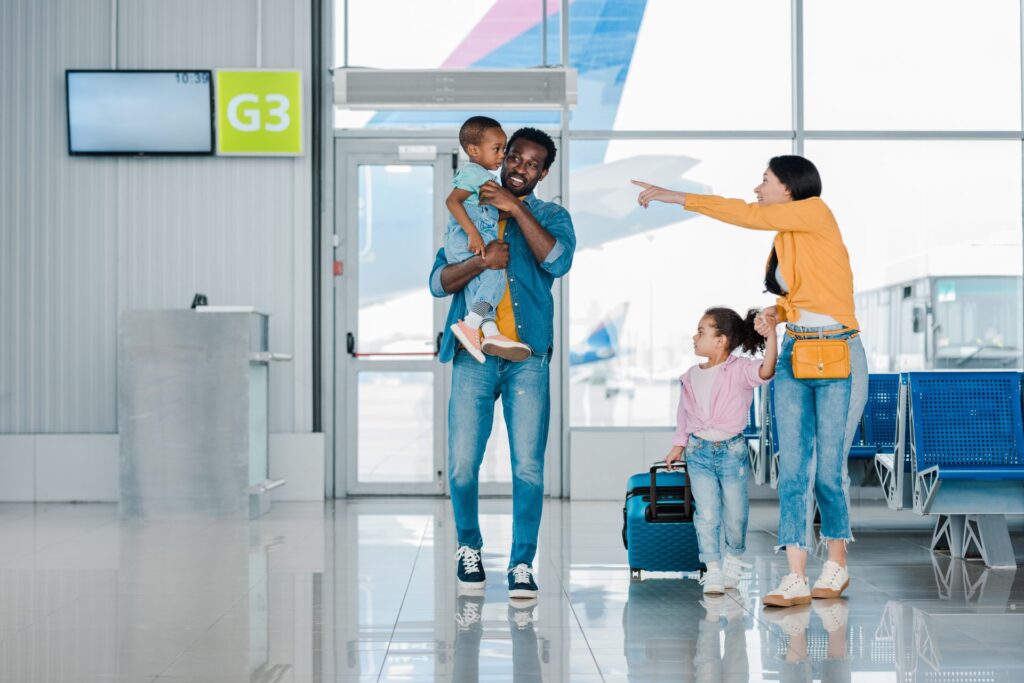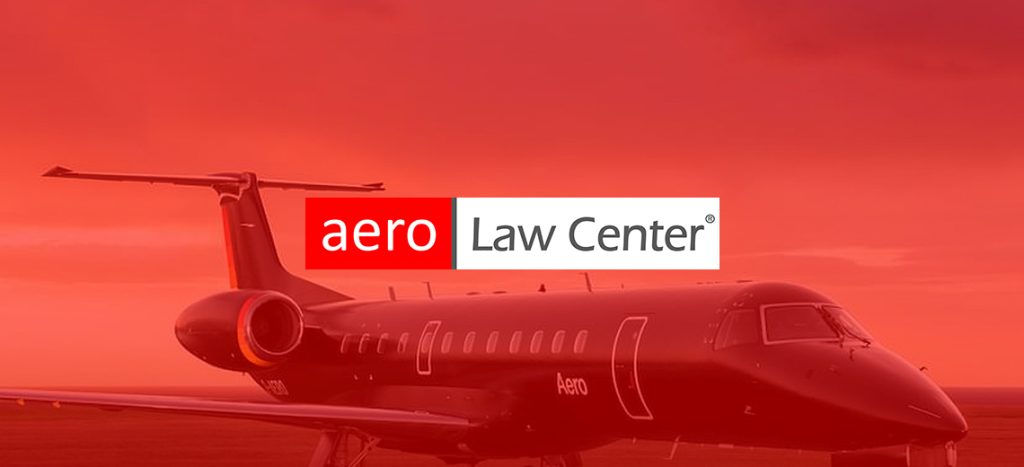Part 121, 135, and 91 are examples of Federal Aviation Administration (FAA) approved frameworks for how air carriers will conduct their aviation business.
The air carriers generally authorized to operate under part 121, an FAA specification, include familiar U.S.-based airlines such as American Airlines, Delta Air Airlines, Southwest Airlines, regional air carriers, and all cargo operators.
Part 121 makes sense for aviation businesses—like commercial operators—that publish flight schedules and offer flight and cargo services in exchange for a fee. All part 121 air carriers must have an FAA-approved hazardous materials program—or dangerous goods—program and additional training for employees.
What is FAA Part 135?
Unlike part 121, part 135 only covers on-demand service, otherwise known as nonscheduled air transportation. This category includes airplane sightseeing, air taxi, and helicopter transportation. More specifically, part 135 covers the following aviation transportation:
- Ambulance services
- Nonscheduled chartered freight air transportation
- Nonscheduled chartered passenger air transportation
- Scenic and sightseeing transportation
To qualify for part 135 certification, applicants must be a citizen of the United States, and their aircraft must meet the requirements for one type of operation.
What are Maintenance Requirements for Part 135?
Maintenance requirements for part 135 operators are more stringent than for general aviation operators and depend on the complexity of the aircraft and the scope of operations. Under the FAA:
- Nine seats or less must be maintained under parts 91 and 43
- Ten seats or more must be maintained under a maintenance program in 135.415, 135.417, 135.423, 135.443, and a continuous airworthiness maintenance program
- An aircraft and all of its components with manufacturer-recommended Time Between Overhauls (TBOs) must be complied with under part 135
All part 135 operators must keep a current flight manual for air transportation operations to maintain maintenance activities as the FAA requires.
Why is Part 121 Stricter?
Part 121 certified air carriers fly more than other certified air crafts under part 91 or part 135. This regulation allows a company to act as a scheduled airline, publish a schedule, and collect money for providing group flights with ten or more passenger seats and a payload of more than 7,500 pounds.
As such, the regulations are tighter to ensure the safety of the pilot, crew members, and passengers. Operators must have two pilots on every flight and required management personnel, including a Director of Safety, Director of Operations, Chief Pilot, Director of Maintenance, and Chief Inspector.
Suppose you offer on-demand services or operate as a commercial airline. In that case, we help aviation businesses, large and small, understand the certification process, requirements, and how to prevent legal issues regarding compliance with the FAA and its ever-changing regulations. See how our aviation law firm can support your operator needs: 954-869-8950.

 CALL US NOW
CALL US NOW






